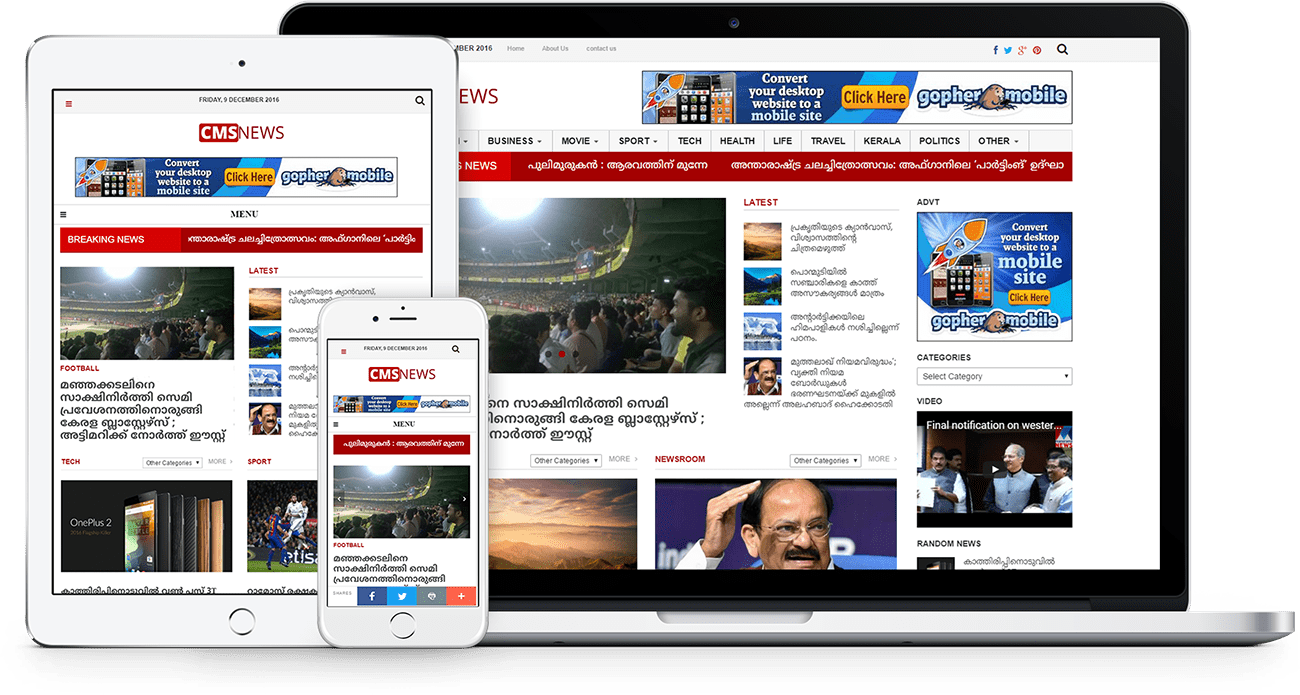A Biased View of Online News
Wiki Article
Online News - Questions
Table of ContentsOnline News - The FactsThe Buzz on Online NewsNot known Facts About Online NewsNot known Facts About Online News
Obtain information concerning the benefits of our programs, the training courses you'll take, and what you need to apply.The future of journalism will progressively depend upon consumers spending for the information straight, as material distributors like Facebook and Google occupy the lion's share of digital advertising dollars. The Media Insight Job, a cooperation of the American Press Institute and The Associated Press-NORC Facility for Public Affairs Research study, has actually undertaken what our company believe is one of the largest efforts ever to understand who signs up for information, what encourages them, and how designers of journalism can engage a lot more deeply with customers so even more individuals will certainly subscribe.
The research study discovers that a little even more than half of all united state grownups register for information in some formand about fifty percent of those to a newspaper. And in contrast to the idea that young people will not spend for information due to the fact that details on the net is free, almost 4 in 10 grownups under age 35 are spending for information.
There is also significant proof that more customers might begin to spend for information in the futureif publishers can understand them and serve them well. Half of those who do not pay for information actively look for information and look like subscribers in numerous methods. And almost 2 in 10 of those who don't sign up for information currently show they are inclined to start to pay in the future.
Some Known Facts About Online News.
Among them: Who pays for news? Who does not pay for information and why not? What are the courses authors can take to more deeply involve visitors and to convince news consumers to pay for journalism straight?We then ask a set of concerns to establish whether individuals spend for specific sorts of information resources. We asked people to name the resources they use most oftenwhether they spend for them or nothow they utilize them, the details things they take into consideration vital concerning them, and some related concerns regarding the cost and value of that resource.
This number does not include those that pay for wire TV packages that might consist of information networks. Fully 37 percent of the youngest grownups, 18 to 34 years of ages, sign up for information. The 2 youngest age associates that pay (18-34 and 35-49) also behave in different ways than older clients. They are inspired much more by a need to sustain the information organization's objective.
People are attracted to information in general for 2 reasons above others: A wish to be informed citizens (paper subscribers in particular are extremely motivated by this) and since the publication they register for excels at covering particular subjects regarding which those customers specifically care. While there are a host of reasons, the No.
The Definitive Guide to Online News
More than 4 in 10 likewise point out the truth that loved ones sign up for the same product. Even more than a third of individuals state they initially subscribed in action to a discount or promotion. In print, individuals also are moved heavily to sign up for get discount coupons that save them money, something get more that has untapped effects in electronic.
We asked everybody who informed us they have a normal free source of over here news how likely they would certainly be to spend for it. Greater than a quarter (26 percent) say they would certainly be at the very least rather most likely to start spending for itand 10 percent are really or incredibly most likely. These most likely payers often tend to be information candidates, and they additionally often tend to be individuals that currently spend for an information membership along with the source they follow totally free.
Of those who do pay, 54 percent subscribe to newspapers in print or electronically, which stands for 29 percent of Americans on the whole. A lot of them get a print magazine together with their newspaper and spend for 2 to 4 news sources in total amount, some much more. And while 53 percent are long-time subscribers (5+ years), greater than a quarter (27 percent) have actually acquired their newspaper subscription within the past year.
Online News Things To Know Before You Buy
Few print customers think it most likely they will switch to a digital-only membership in the future, and my website over half of those who choose digital have never spent for a print variation of the same resource. Fully 75 percent of newspaper payers state they largely reviewed the paper in print, while 21 percent are primarily digital users, and 4 percent explain themselves as equally divided.
Only 1 in 10 individuals think their membership sets you back excessive for what they get. Digital subscribers particularly are more probable than print clients to feel they are obtaining an excellent value (48 percent vs. 32 percent), recommending they may be extra happy to pay greater than they are now.
Currently, the Coronavirus pandemic is requiring international trial and error with remote mentor. There are many indicators that this crisis is mosting likely to change several aspects of life. Education could be among them if remote mentor shows to be a success. No question, the shift to online understanding because of COVID-19 was sudden and hasty.
Report this wiki page